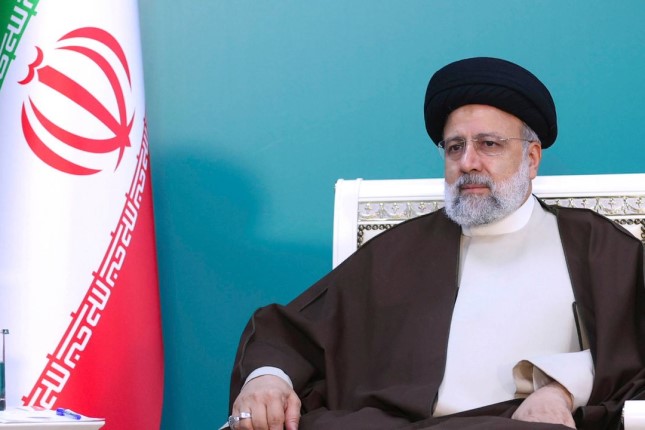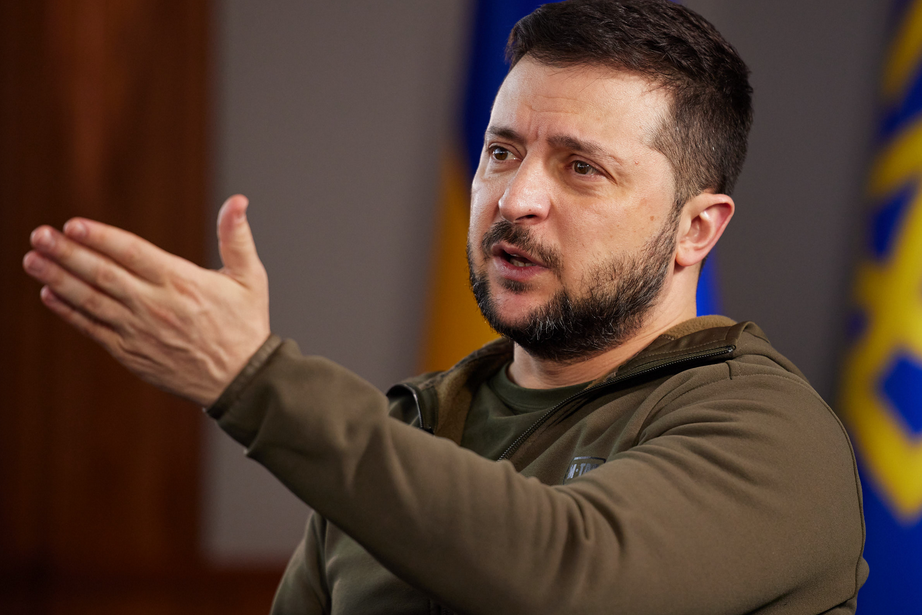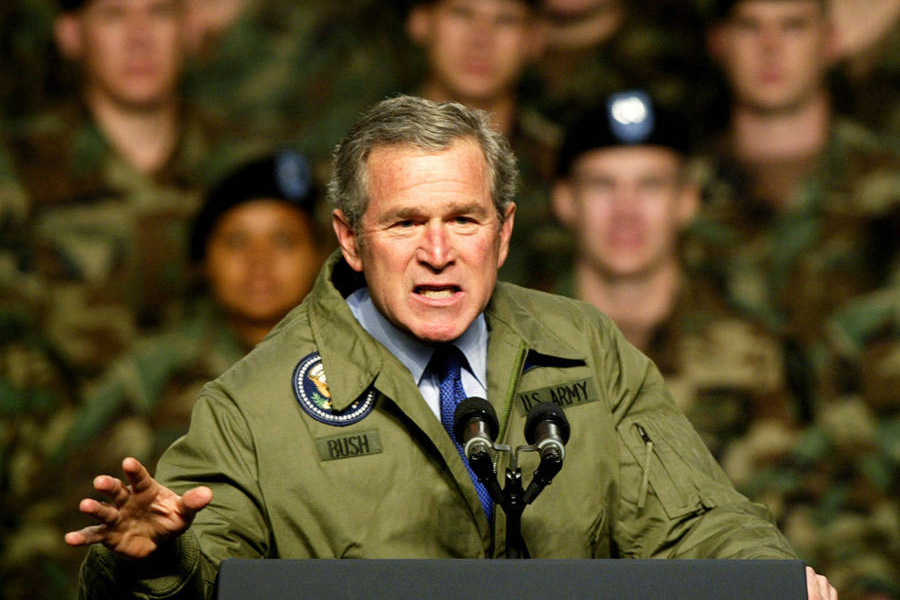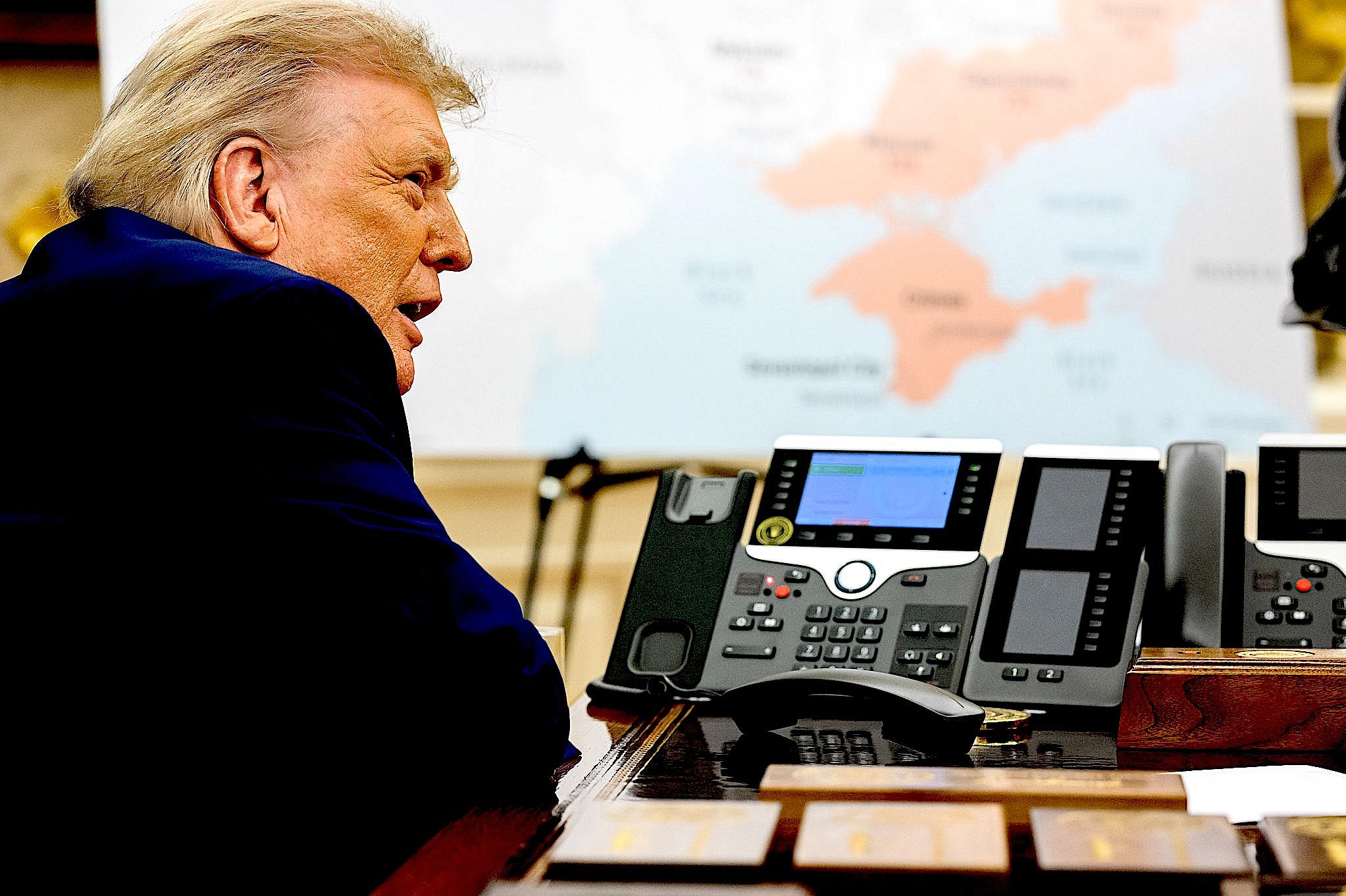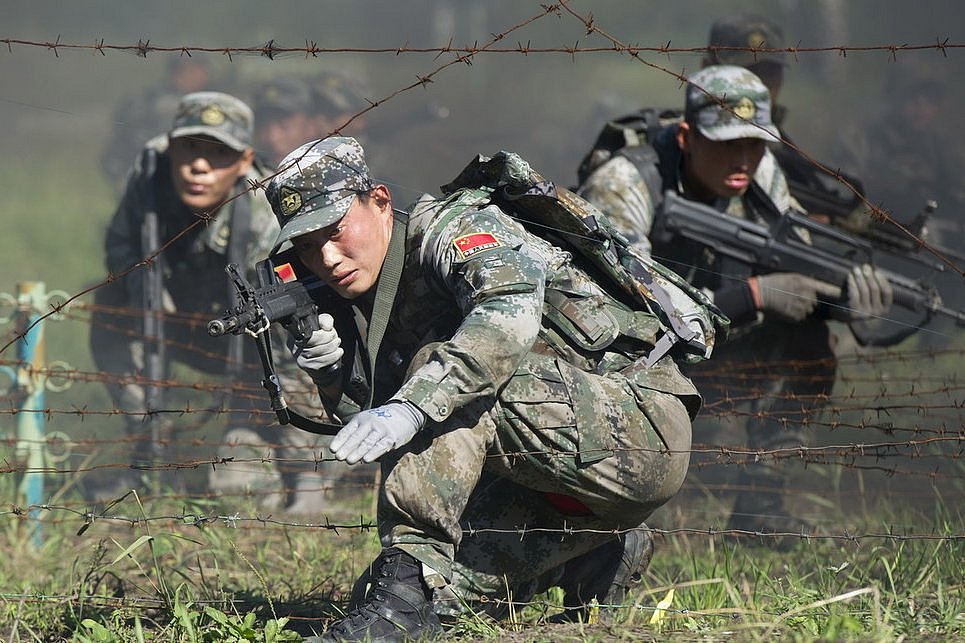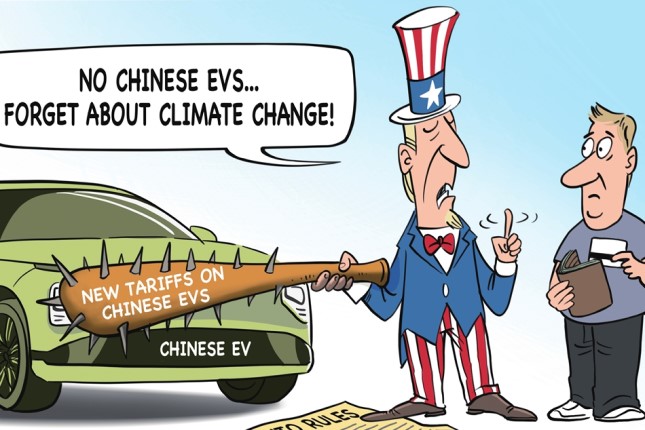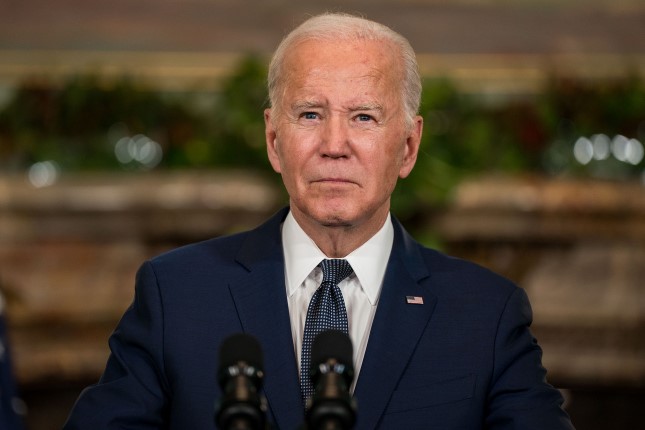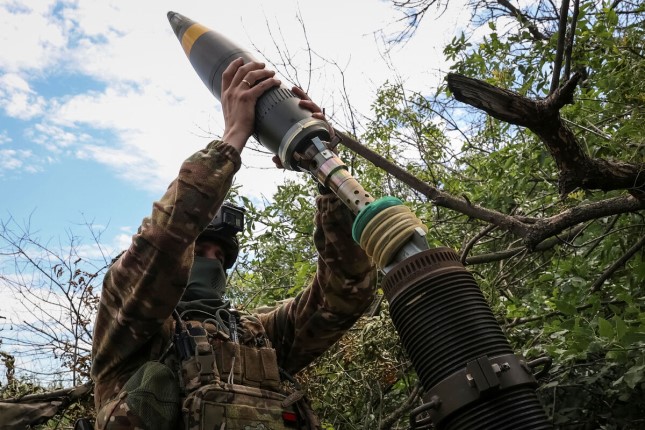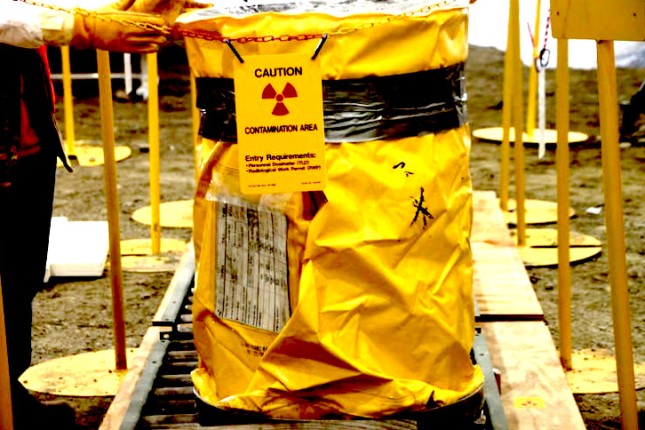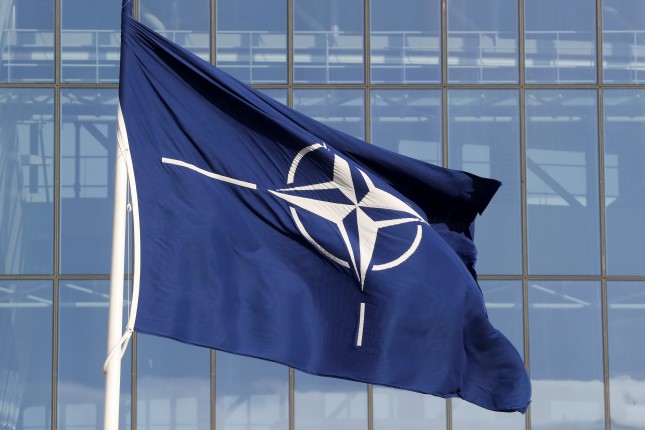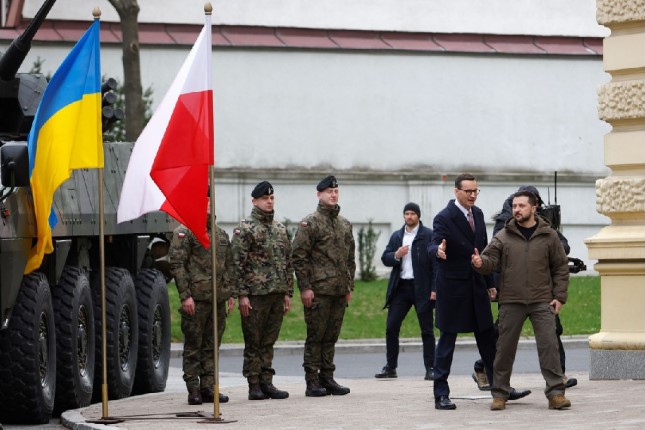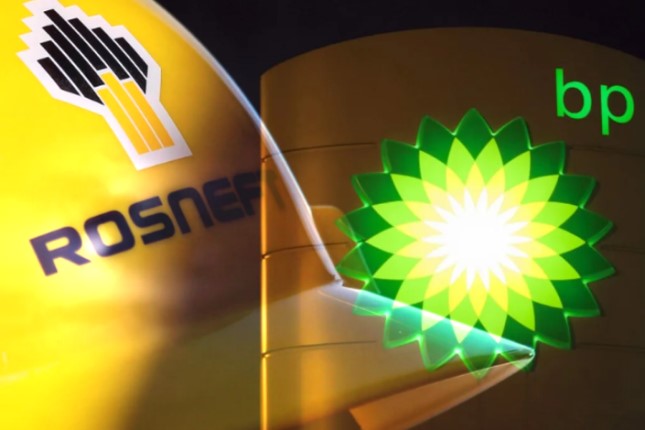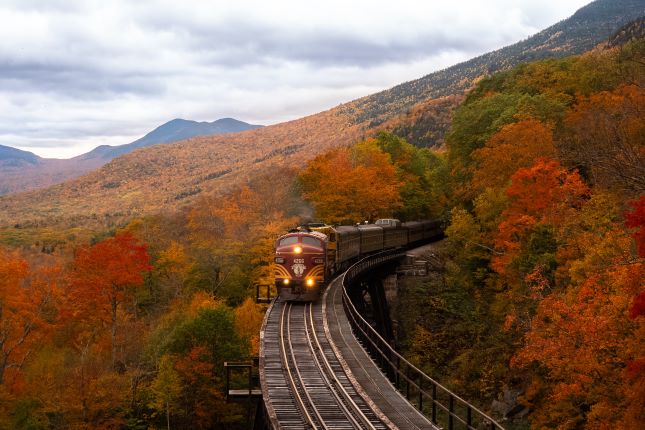Both Raisi and Amir-Abdollahian were confirmed to have died, Iranian news agencies have confirmed.
Raisi and his entourage had been returning from Iran’s East Azerbaijan province to inaugurate a dam with neighbouring Azerbaijan’s President Ilham Aliyev near their border on the Aras River. Raisi’s helicopter was one of three in transit—the other two returning safely.
In comments on state TV, Interior Minister Ahmad Vahidi said: “The esteemed president and company were on their way back aboard some helicopters and one of the helicopters was forced to make a hard landing due to the bad weather and fog.” He said that rescue teams had been hampered in reaching the areas as a result of difficult weather conditions.
According to Iran’s state TV, the “accident” took place near Jolfa, a city on the border with Azerbaijan.
The IRNA news agency reported that more than 60 rescue teams using search dogs and drones had been sent to a mountainous forest area near the town of Varzaghan. Soldiers, police and personnel from Iran’s Islamic Revolutionary Guard Corp (IRGC) have also been sent.
Raisi’s death could trigger a political crisis and lead to sharp infighting in the country’s Islamic bourgeois clerical regime. He was installed as president, replacing the so-called moderate Hassan Rouhani, who had to step down after serving two terms, in an anti-democratic election limited to a handful of hand-picked candidates.
Raisi, a conservative, is regarded as close to Iran’s Supreme Leader Ayatollah Ali Khamenei. He was Tehran’s prosecutor-general from 1989 to 1994, deputy chief of the Judicial Authority for a decade from 2004, and then national prosecutor-general in 2014.
His election took place amid the breakdown of Iran’s nuclear deal with the US and European imperialist powers known as the Joint Comprehensive Plan of Action (JCPOA) which Rouhani had championed. The crippling US-led sanctions regime had produced a severe economic and social crisis, compounded by the COVID-19 pandemic that fuelled growing political unrest.
A significant element of the sanctions was a US ban on the export of much-needed spare parts necessary to maintain and repair Iran’s aging fleet of aircraft and helicopters. Raisi and other officials were flying in a civilian Bell 212 helicopter mainly manufactured in the US.
The 2021 election placed the hardline or principalist faction, aligned closely with the IRGC, in firm control of all branches of the state apparatus. Under Raisi, the regime responded to the eruption of protests and strikes with savage repression, including executions.
A comment in the US-based Atlantic entitled “Who would benefit from Ebrahim Raisi’s Death?” suggested indirectly that the crash, if confirmed, might not be accidental. After noting that an accident was certainly possible given the state of Iran’s helicopter fleet, the terrain and poor weather conditions, the writer declared: “Yet suspicions will inevitably surround the crash” and the question “who benefits” is posed.
The article itself is limited to an examination of the competing political factions within Iran. Raisi faced opposition not only from the so-called moderates that have championed market reform and closer relations with the West, but more hardline factions critical of Raisi’s lack of tougher measures.
However, the question “who benefits” also has to be placed within the context of the rapidly intensifying geo-political tensions developing throughout the Middle East, fuelled by the US-backed Israeli genocide against Palestinians in Gaza. Israel, the US and its allies are engaged in a de-facto military conflict in Lebanon, Syria and Yemen. The chief target is Iran and any militia, parties or governments aligned with Tehran.
While waging its barbaric war in Gaza, Israel has carried out numerous airstrikes inside Lebanon and Syria, not only against leading members of the Hamas and Hezbollah militias but against top Iranian officials. The most provocative was an airstrike on April 1 on the Iranian embassy in Damascus that killed three senior IRGC leaders.
The murder of Iranian officials inside diplomatic grounds that by international convention constitute Iranian territory was an act of war designed to inflame tensions and fuel conflict with Iran. In the event, Iran responded on April 13 by launching a barrage of drones, cruise and ballistic missiles on Israeli airfields, but telegraphed its action days in advance, ensuring that Israel, the US and its allies were able to shoot most down. Little damage was done.
Even as it wreaks death and destruction in the southern Gazan city of Rafah, driving a new wave of Palestinian refugees, the fascistic Zionist regime, backed to the hilt by US imperialism, is more than capable of carrying out further provocations. It is notorious throughout the Middle East for its lawlessness, including sabotage and assassinations inside Iran.
The list of who stands to benefit from political turmoil inside Iran must also include Israel and the United States.
Photo: Iranian President Ebrahim Raisi attends a meeting with his Azeri counterpart Ilham Aliyev during the inauguration ceremony of dam of Qiz Qalasi, or Castel of Girl in Azeri, at the border of Iran and Azerbaijan, Sunday, May 19, 2024 © Iranian Presidency Office via AP / AP Photo.
Source: World Socialist Web Site.
